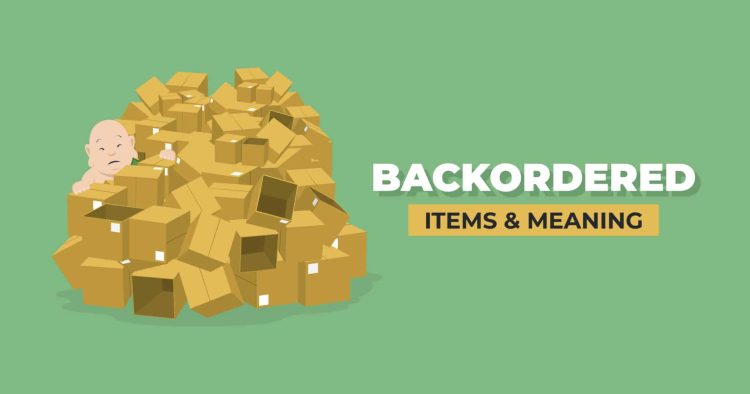Introduction
In the realm of retail and e-commerce, backorders and items marked as out of stock are common occurrences. However, understanding the distinctions between these terms is essential for both businesses and consumers alike. In this comprehensive guide, we delve into the meanings and definitions of backorders and out of stock items to provide clarity on these concepts.
Backorders: Meaning and Definition Defining Backorders
Backorders refer to products that are temporarily unavailable for immediate delivery due to insufficient stock levels. When a customer places an order for an item on backorder, they are essentially reserving the product for future shipment once it becomes available again.
How Long Does a Backorder Take?
The duration of a backorder can vary depending on factors such as supplier lead times, production delays, and shipping constraints. In some cases, backordered items may be fulfilled within days, while others may take weeks or even months to become available again.
Out of Stock: Meaning and DefinitionDefining Out of Stock
Out of stock items are those that are currently unavailable for purchase due to depletion of inventory. When an item is marked as out of stock, it means that the retailer or seller does not have any remaining units of that particular product available for sale.
Differentiating Between Backorders and Out of Stock ItemsAvailability Status
- Backorders: Products on backorder are temporarily unavailable but can be reserved for future shipment.
- Out of Stock: Items marked as out of stock are currently unavailable for purchase with no indication of when they will be restocked.
Customer Expectations
- Backorders: Customers placing orders for backordered items understand that there will be a delay in delivery but expect to receive the product once it becomes available.
- Out of Stock: Customers encountering out of stock items may need to seek alternative products or wait until the item is restocked.
Conclusion
In conclusion, understanding the meanings and definitions of backorders and out of stock items is crucial for navigating the world of retail and e-commerce. By differentiating between these terms, businesses can effectively communicate with customers and manage their inventory to ensure optimal customer satisfaction and operational efficiency.
Read also : gettechnews.org











